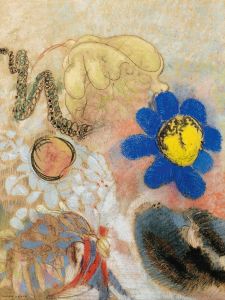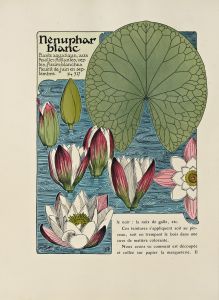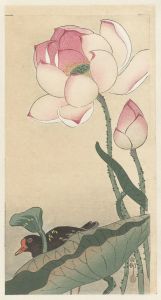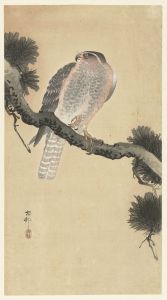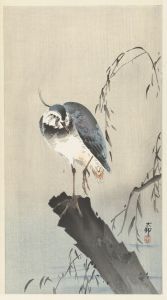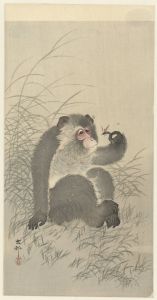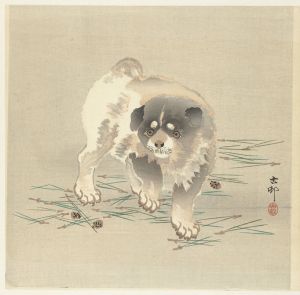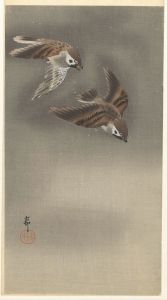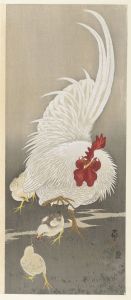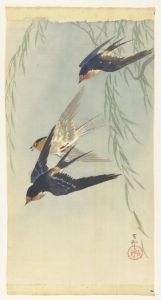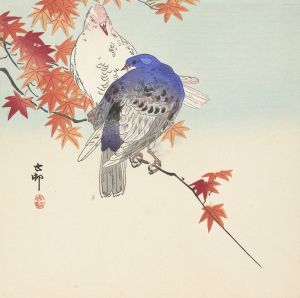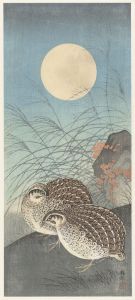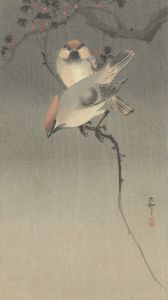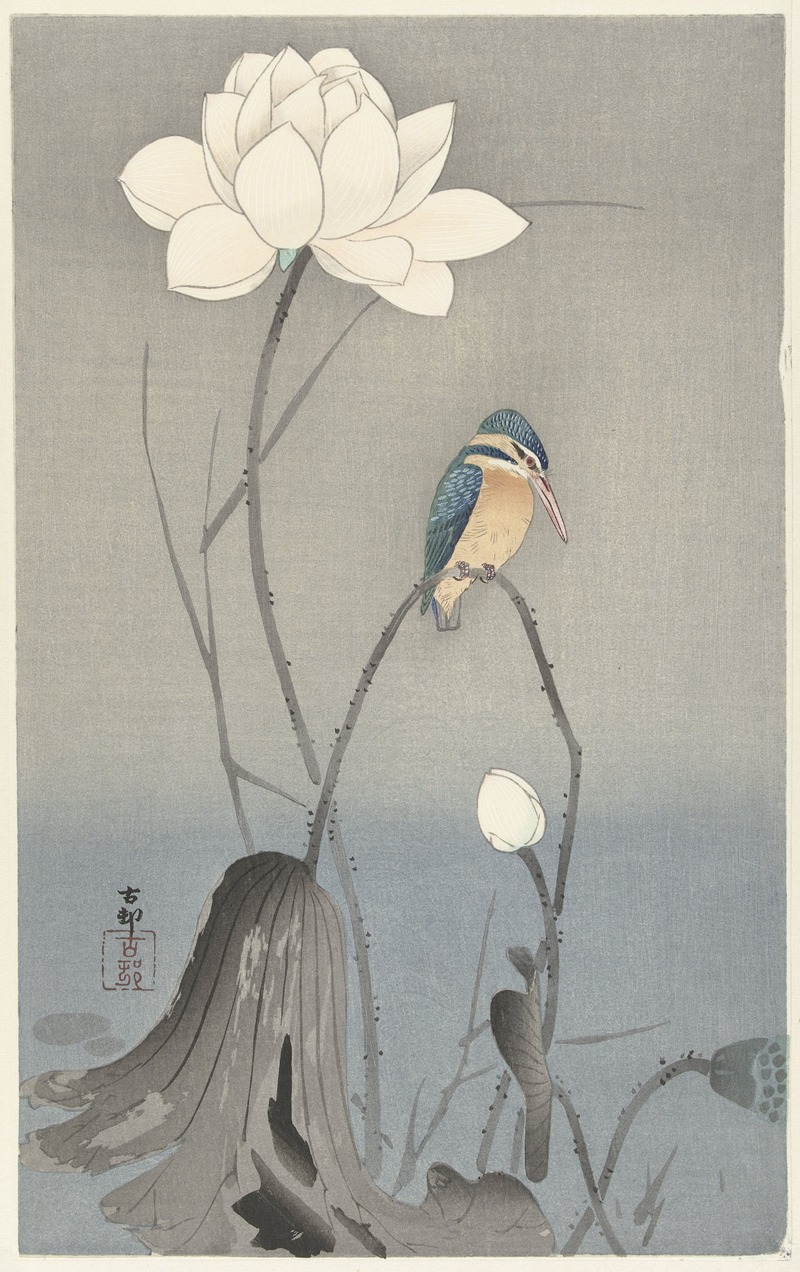
Kingfisher with Lotus Flower
A hand-painted replica of Ohara Koson’s masterpiece Kingfisher with Lotus Flower, meticulously crafted by professional artists to capture the true essence of the original. Each piece is created with museum-quality canvas and rare mineral pigments, carefully painted by experienced artists with delicate brushstrokes and rich, layered colors to perfectly recreate the texture of the original artwork. Unlike machine-printed reproductions, this hand-painted version brings the painting to life, infused with the artist’s emotions and skill in every stroke. Whether for personal collection or home decoration, it instantly elevates the artistic atmosphere of any space.
Ohara Koson (1877–1945) was a prominent Japanese artist known for his exquisite woodblock prints, particularly those depicting birds and flowers, a genre known as kachō-e. One of his notable works is "Kingfisher with Lotus Flower," which exemplifies his mastery in capturing the delicate beauty of nature through the traditional Japanese woodblock printing technique.
Koson was part of the shin-hanga (new prints) movement, which emerged in the early 20th century as a response to the decline of the ukiyo-e tradition. This movement sought to rejuvenate traditional Japanese printmaking by incorporating Western elements such as perspective and shading while maintaining the quintessentially Japanese aesthetic. Koson's work, including "Kingfisher with Lotus Flower," reflects this synthesis of Eastern and Western artistic influences.
"Kingfisher with Lotus Flower" showcases Koson's ability to depict the intricate details and vibrant colors of his subjects. The print features a kingfisher, a bird known for its striking plumage and agile hunting skills, perched gracefully on a lotus flower. The composition highlights the harmonious relationship between the bird and its natural surroundings, a common theme in Koson's work. The lotus flower, a symbol of purity and enlightenment in Japanese culture, adds a layer of symbolic meaning to the piece.
Koson's technique involved the use of traditional woodblock printing methods, which required collaboration with skilled carvers and printers. The process began with Koson creating a detailed design, which was then carved into wooden blocks. Each block was used to apply a different color, and the final image was produced by pressing paper onto the inked blocks in a precise sequence. This meticulous process allowed for the creation of prints with rich textures and vibrant colors, as seen in "Kingfisher with Lotus Flower."
The print is characterized by its delicate lines and subtle gradations of color, which capture the iridescent quality of the kingfisher's feathers and the soft, translucent petals of the lotus. Koson's attention to detail and his ability to convey the essence of his subjects have made his works highly sought after by collectors and art enthusiasts worldwide.
"Kingfisher with Lotus Flower" is a testament to Koson's skill in blending traditional Japanese aesthetics with modern influences. His work continues to be celebrated for its beauty and technical excellence, and it remains an important part of the shin-hanga movement's legacy. Koson's prints, including this one, are housed in various museums and private collections, where they continue to inspire appreciation for the natural world and the art of woodblock printing.
Overall, Ohara Koson's "Kingfisher with Lotus Flower" is a remarkable example of early 20th-century Japanese printmaking, reflecting both the artist's personal style and the broader cultural trends of his time.





